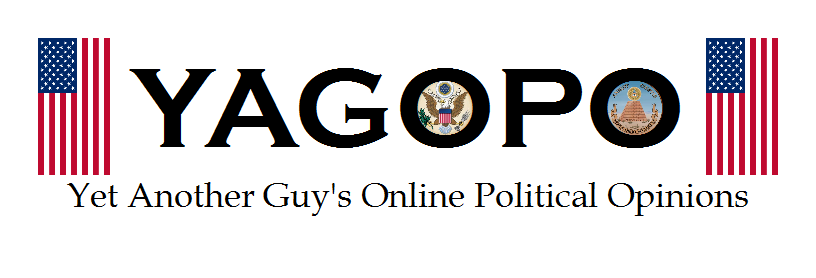Year: 1947
Majority: Hugo Black
 | ||
| Vinson Court in 1953* |
Stanley F. Reed
William O. Douglas
Frank Murphy
Dissent: Robert H. Jackson
Joined by: Felix Frankfurter
Additional Dissent: Wiley B. Rutledge
Joined by: Felix Frankfurter
Robert H. Jackson
Harold H. Burton
This is an interesting case in that all of the Justices seemed to agree on a poor interpretation of the Constitution. Not only was their interpretation poor in that it goes beyond what the document actually contains, but the impacts of the interpretation were muddied enough that they couldn't even agree on how to apply it.
The case centered around a New Jersey school district that used tax money to reimburse parents for the cost of sending their children to school via public transportation. This reimbursement went to parents of children who attended both public schools and private religious schools. A taxpayer in the district sued arguing that this violated the establishment clause of the First Amendment: "Congress shall make no law respecting an establishment of religion." The Court ruled 5-4 that the New Jersey program did not violate the Constitution, which is the right call. However, the opinions issued in the case set an unfortunate precedent regarding the establishment clause.
In 1802, Thomas Jefferson wrote a letter to the Danbury Baptist associate in Connecticut in which he sought to assure them that even though the First Amendment only mentioned Congress, they should not fear religious repression in their state. In that letter he first wrote about the now famous "wall of separation between Church & State". In 1947, Black functionally wrote that line into the Constitution in the majority opinion. Interestingly enough, all of the dissenters also agreed with his assessment of the establishment clause.
Yet, the Constitution did not create this wall, America was a religious nation from the beginning and in fact Jefferson himself mentions our "Creator" and "Nature's God". The idea was to eliminate the religious turmoil and oppression that had caused many of the original colonists to leave Europe. It is a fine line between establishing a national religion and merely supporting the religious foundations that have been with this country since its birth. It would seem that the idea of a "wall" would be a way of removing the need to walk that line and minimize the chances that the government would cross into establishment territory by cordoning off religion entirely. That "wall" was erected by all nine members of the Court.
The disagreement was over how that wall should be applied with regards to the New Jersey program. The majority felt that the program was not an establishment of religion and merely support for citizens who were engaged in their own religious practices. However, the dissenters pointed out that a "wall" between Church and State should surely prohibit New Jersey from using government money to aid students in getting "the very thing which they are sent to the particular school to secure, namely, religious training and teaching." It is amazing that the majority would make up a new component to the Constitution and then ignore it in the very same opinion. While all of the Justices were mistaken in their zeal to erect the "wall", at least the dissenters had the right idea about what a wall actually is.
~ Another Guy
*This picture was taken after two of the Justices had been replaced. I apologize to Justices Tom Clark and Sherman Minton but they will just have to stand in for Rutledge and Murphy.



